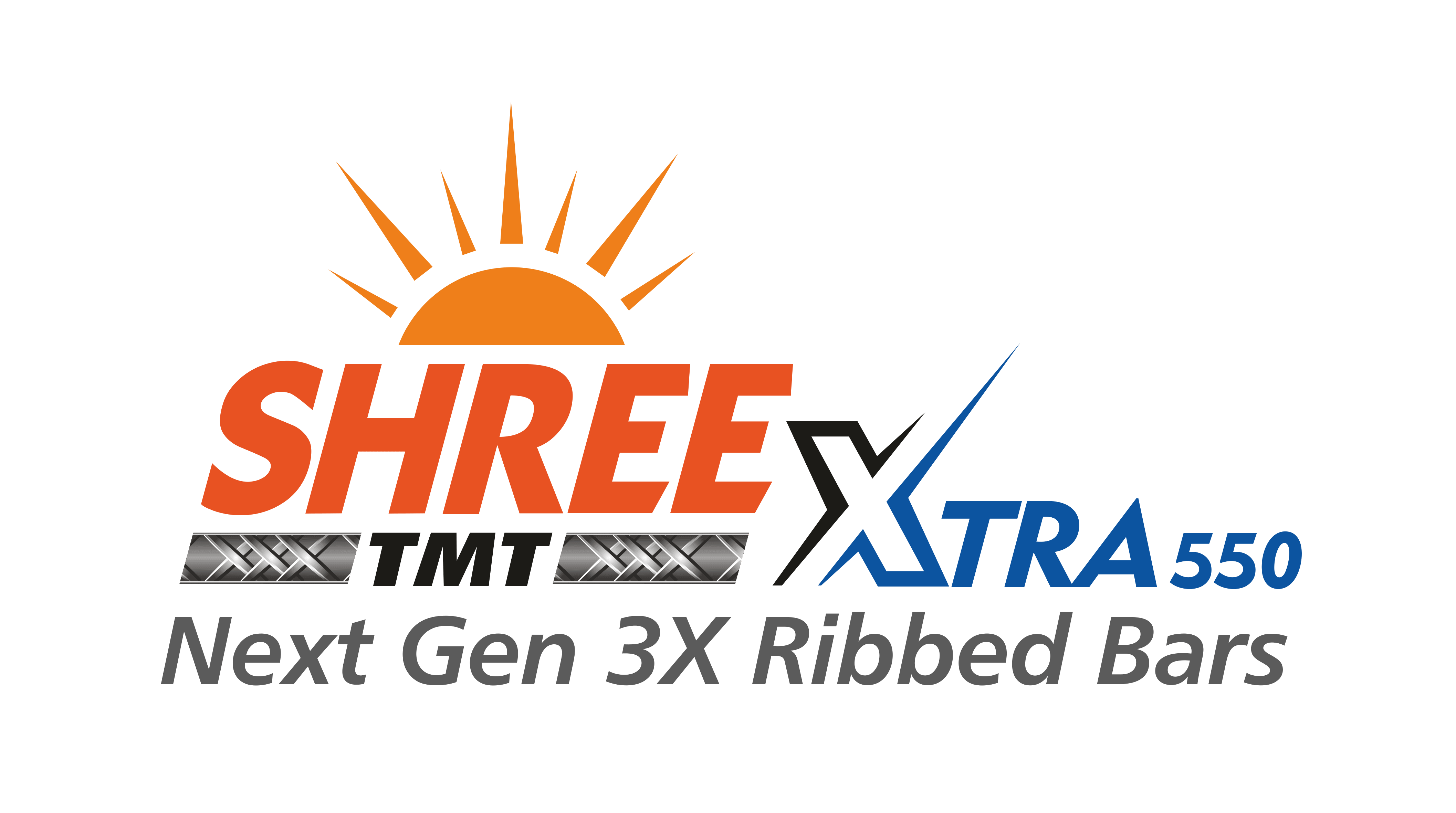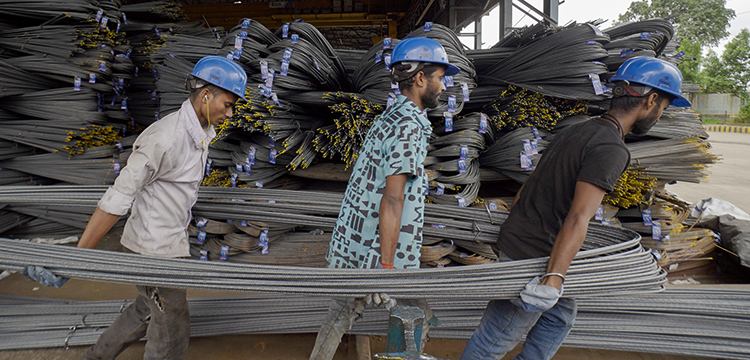11 Tips to Store and Handle TMT Steel Bars on Construction Sites
The ongoing infrastructural development in India is driving a notable surge in the demand for Thermo-Mechanically Treated (TMT) Bars. This escalating demand will necessitate a corresponding increase in the production of this quintessential construction element. While it is imperative for steel manufacturers to prioritize both supply and storage in the manufacturing units, equally important is the meticulous handling and storage of this material at the construction site. Given the hot and moist climate in India, these bars are susceptible to corrosion and rust, if not stored properly. Any oversight in storing the bars properly at the construction site can deteriorate the quality of these TMT bars further compromising the structural integrity of the buildings.
Here are some invaluable tips for construction teams to ensure the proper handling and storage of TMT steel bars:
- Choose the Right Storage Area: The first step in maintaining the quality of TMT steel bars is to select an appropriate storage area. Preferably, this area should be clean, dry, and well-ventilated. Avoid locations prone to moisture or water accumulation, as prolonged exposure can lead to corrosion and compromise the integrity of the bars.
- Keep Bars Elevated: When storing TMT steel bars, ensure they are elevated above the ground level. This precaution prevents direct contact with moisture and minimizes the risk of rusting. Wooden pallets or platforms can serve as effective elevation mechanisms, providing adequate airflow around the bars.
- Organize Based on Sizes and Grades: Maintain an organized storage system by segregating TMT steel bars according to their sizes and grades. This arrangement facilitates easy accessibility and prevents confusion during construction activities. Proper labelling of each batch further streamlines the identification process.
- Proper Bundling and Spacing: To ensure proper load distribution, it is important to maintain a space of 1-2 meters between two bundles of TMT Bars. Excessive transverse and longitudinal load may damage the rib structure and significantly reduce the concrete bonding strength.
- Implement First-In, First-Out (FIFO) Principle: Adhere to the FIFO principle when accessing TMT steel bars for construction purposes. By utilizing the oldest stock first, you prevent the accumulation of inventory and ensure that all bars are used efficiently, minimizing the risk of deterioration over time.
- Protect Against Environmental Factors: Shielding TMT steel bars from adverse weather conditions such as rain, snow, or excessive sunlight is important to safeguard their quality. Consider covering the storage area with waterproof tarps or installing a temporary shelter to provide additional protection. Extreme temperatures can also impact the quality of steel, so maintaining a stable environment is crucial.
- Handle with Care: When it comes to the handling of the best TMT sariya, it is crucial to exercise caution to prevent any damage or deformities. Avoid dropping or dragging the bars, as this can lead to surface abrasions or structural weaknesses. Utilize appropriate lifting equipment such as cranes or forklifts for safe transportation within the construction site.
- Regular Inspections: Schedule periodic inspections of stored TMT steel bars to assess their condition and identify any signs of corrosion or damage. Promptly address any issues detected during these inspections to prevent further deterioration and ensure the structural integrity of the bars.
- Minimize Exposure to Chemicals: Keep TMT steel bars away from chemicals or substances that may accelerate corrosion or adversely affect their properties. Store them separately from materials such as acids, solvents, or fertilizers to mitigate the risk of chemical reactions.
- Train Personnel: Provide comprehensive training to construction site personnel on the proper handling and storage protocols for TMT steel bars. Emphasize the importance of adherence to safety guidelines and best practices to minimize the likelihood of accidents or damage during operations.
- Document Storage Conditions: Maintain detailed records of storage conditions, including temperature, humidity levels, and any incidents or observations relevant to the quality of TMT steel bars. This documentation serves as a valuable reference for future assessments and quality assurance processes.
In conclusion, the efficient handling and storage of TMT steel bars are integral to the success of construction projects. By adhering to the outlined tips, construction teams can safeguard the quality and integrity of TMT steel bars, thereby optimizing their performance in various structural applications. Prioritizing proper storage and handling practices not only enhances the longevity of steel materials but also contributes significantly to the safety and reliability of the built environment. With meticulous attention to detail and proactive measures, construction stakeholders can mitigate risks associated with corrosion, damage, and structural compromise, ultimately fostering sustainable and resilient infrastructure development in India.

